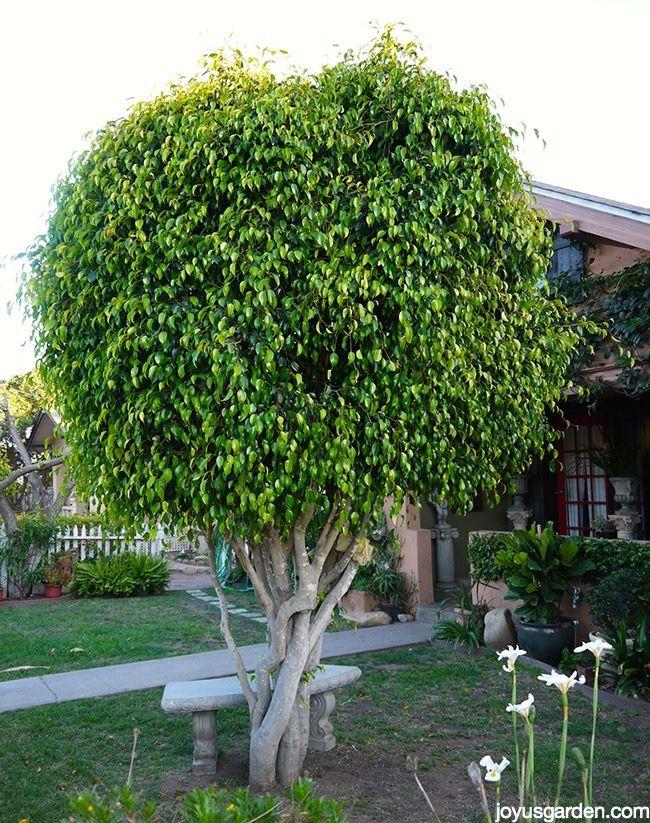
Weeping fig (Ficus benjamina)
Weeping fig, also known as Benjamin fig, Benjamina ficus
The weeping fig, or Ficus benjamina, is an evergreen tree native to Asia and Australia. Renowned for its shiny, elegant leaves, it is a popular houseplant worldwide. However, due to its potential to release indoor allergens, it is not suitable for individuals with allergies. Additionally, it’s important to note that all parts of the plant, except for the fruits, are toxic.
Key Facts About Weeping fig
Attributes of Weeping fig
Scientific Classification of Weeping fig
Toxicity
Golden pothos contains a chemical called calcium oxalate, which is mildly toxic to humans if ingested or if the skin comes into significant physical contact with its sap. Symptoms of ingesting golden pothos may include eczema (itchy, red, swollen, irritated skin), burning, inflammation of the mouth, and vomiting. Contact with the sap can also cause dermatitis: an uncomfortable, itchy rash. Harm to humans is most likely to occur in children from accidental contact since this is a very common houseplant.